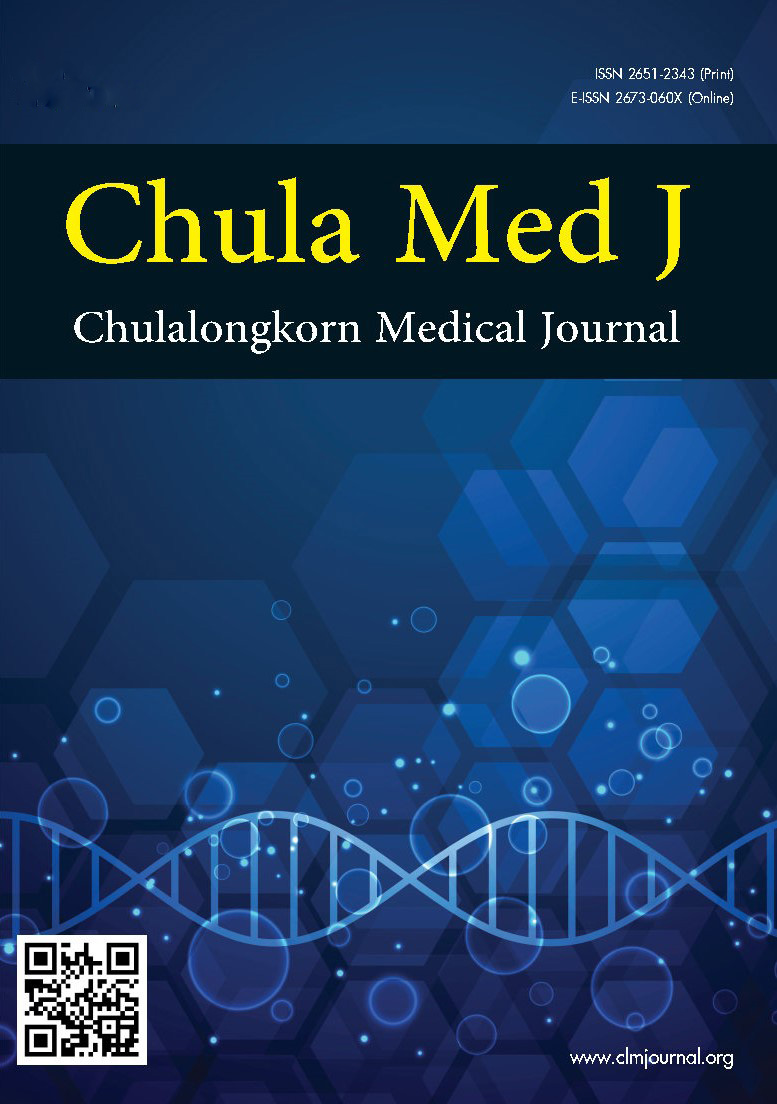Histone 3 and 4 acetylation patterns in nodular goiters and well-differentiated thyroid tumors compared with normal thyroid tissue
Keywords:
Epigenetics, histone acetylation, immunohistochemical study, thyroidAbstract
Background: Histone acetylation is a well-recognized epigenetic process involved in various cancer development pathways. However, thus far, its role in thyroid tumors and nodular goiter has been barely investigated.
Objectives: This study aimed to assess histone modifications (hypoacetylation or hyperacetylation) in various thyroid lesions, including papillary thyroid carcinoma (PTC), follicular thyroid carcinoma (FTC), follicular adenoma (FA), and nodular goiter, through immunohistochemistry with anti-acetyl histone 3 (H3K9/ K14ac) and 4 (H4K5, 8, 12, and 16ac) antibodies, compared with their normal counterparts to elucidate their role in the development of these lesions.
Methods: Formalin-fixed paraffin-embedded sections of surgically resected PTC, FA, FTC, and nodular goiter samples were collected from the archives of the Department of Pathology, Faculty of Medicine, Chulalongkorn University, from 2016 to 2018. These sections were then stained with anti-acetyl histone 3 (H3K9/K14ac) and 4 (H4K5, 8, 12, and 16ac) antibodies. Aperio ImageScope was used to automatically score the intensity and proportion of immunostaining of the lesions and their normal thyroid tissue counterparts.
Results: A total of 97 malignant thyroid lesions, including (28 FA, 50 PTC, and 19 FTC samples), and 50 nodular goiters were evaluated. The deacetylation of both anti-acetyl histone 3 (H3K9/K14ac) and 4 (H4K5, 8, 12, and 16ac) antibodies was detected in nodular goiter (P = 0.0016 and P < 0.0001, respectively) in comparison with their normal counterparts. However, the difference in the acetylation status of FTC, PTC, and FA were not significant compared with that of their normal counterparts (P > 0.05 in all cases).
Conclusion: For the first time, this study demonstrates the H3 and H4 deacetylation of nodular goiters compared with their normal tissue counterparts. In contrast, these epigenetic events are not found in welldifferentiated thyroid neoplasms (FA, FTC, and PTC).
Downloads
References
Lakshmaiah KC, Jacob LA, Aparna S, Lokanatha D, Saldanha SC. Epigenetic therapy of cancer with histone deacetylase inhibitors. J Cancer Res Ther 2014;10: 469-78.
https://doi.org/10.4103/0973-1482.137937
Daniel FI, Cherubini K, Yurgel LS, de Figueiredo MA, Salum FG. The role of epigenetic transcription repression and DNA methyltransferases in cancer. Cancer 2011;117:677-87.
https://doi.org/10.1002/cncr.25482
Portela A, Esteller M. Epigenetic modifications and human disease. Nat Biotechnol. 2010;28:1057-68.
https://doi.org/10.1038/nbt.1685
Zhao Z, Shilatifard A. Epigenetic modifications of histones in cancer Genome Biol 2019;20:245.
https://doi.org/10.1186/s13059-019-1870-5
Peterson CL, Laniel MA. Histones and histone modifications. Curr Biol 2004;14:R546-51.
https://doi.org/10.1016/j.cub.2004.07.007
Liu R, Wu J, Guo H, Yao W, Li S, Lu Y, et al. Posttranslational modifications of histones: Mechanisms, biological functions, and therapeutic targets. Med Comm 2023;4:e292.
https://doi.org/10.1002/mco2.292
Puppin C, Passon N, Lavarone E, Di Loreto C, Frasca F, Vella V, et al. Levels of histone acetylation in thyroid tumors. Biochem Biophys Res Commun 2011;411: 679-83.
https://doi.org/10.1016/j.bbrc.2011.06.182
Jung CK, Little MP, Lubin JH, Brenner AV, Wells SA Jr, Sigurdson AJ, et al. The increase in thyroid cancer incidence during the last four decades is accompanied by a high frequency of BRAF mutations and a sharp increase in RAS mutations. J Clin Endocrinol Metab 2014;99:E276-85.
https://doi.org/10.1210/jc.2013-2503
Tangjaturonrasme N, Vatanasapt P, Bychkov A. Epidemiology of head and neck cancer in Thailand. Asia Pac J Clin Oncol 2018;14:16-22.
https://doi.org/10.1111/ajco.12757
Ram S, Vizcarra P, Whalen P, Deng S, Painter CL, Jackson-Fisher A, et al. Pixelwise H-score: a novel digital image analysis-based metric to quantify membrane biomarker expression from immunohistochemistry images. PLoS One 2021;16:e0245638.
https://doi.org/10.1371/journal.pone.0245638
Lehrmann H, Pritchard LL, Harel-Bellan A. Histone acetyltransferases and deacetylases in the control of cell proliferation and differentiation. Adv Cancer Res 2002;86:41-65.
https://doi.org/10.1016/S0065-230X(02)86002-X
Chrun ES, Modolo F, Daniel FI. Histone modifications: A review about the presence of this epigenetic phenomenon in carcinogenesis. Pathol Res Pract 2017;213:1329-39.
https://doi.org/10.1016/j.prp.2017.06.013
Giordano TJ. Genomic hallmarks of thyroid neoplasia. Annu Rev Pathol 2018;13:141-62.
https://doi.org/10.1146/annurev-pathol-121808-102139
Ahmad M, Hamid A, Hussain A, Majeed R, Qurishi Y, Bhat JA, et al. Understanding histone deacetylases in the cancer development and treatment: an epigenetic perspective of cancer chemotherapy. DNA Cell Biol 2012;31 Suppl 1:S62-71
https://doi.org/10.1089/dna.2011.1575
Ma X, Ezzeldin HH, Diasio RB. Histone deacetyla inhibitors: current status and overview of recent clinical trials. Drugs 2009;69:1911-34.
https://doi.org/10.2165/11315680-000000000-00000
Seligson DB, Horvath S, Shi T, Yu H, Tze S, Grunstein M, et al. Global histone modification patterns predict risk of prostate cancer recurrence. Nature 2005; 435:1262-6.
https://doi.org/10.1038/nature03672
Seligson DB, Horvath S, McBrian MA, Mah V, Yu H, Tze S, et al. Global levels of histone modifications predict prognosis in different cancers. Am J Pathol 2009;174:1619-28.
https://doi.org/10.2353/ajpath.2009.080874
Elsheikh SE, Green AR, Rakha EA, Powe DG, Ahmed RA, Collins HM, et al. Global histone modifications in breast cancer correlate with tumor phenotypes, prognostic factors, and patient outcome. Cancer Res 2009;69:3802-9.
Downloads
Published
How to Cite
Issue
Section
License
Copyright (c) 2024 Chulalongkorn Medical Journal

This work is licensed under a Creative Commons Attribution-NonCommercial-NoDerivatives 4.0 International License.










